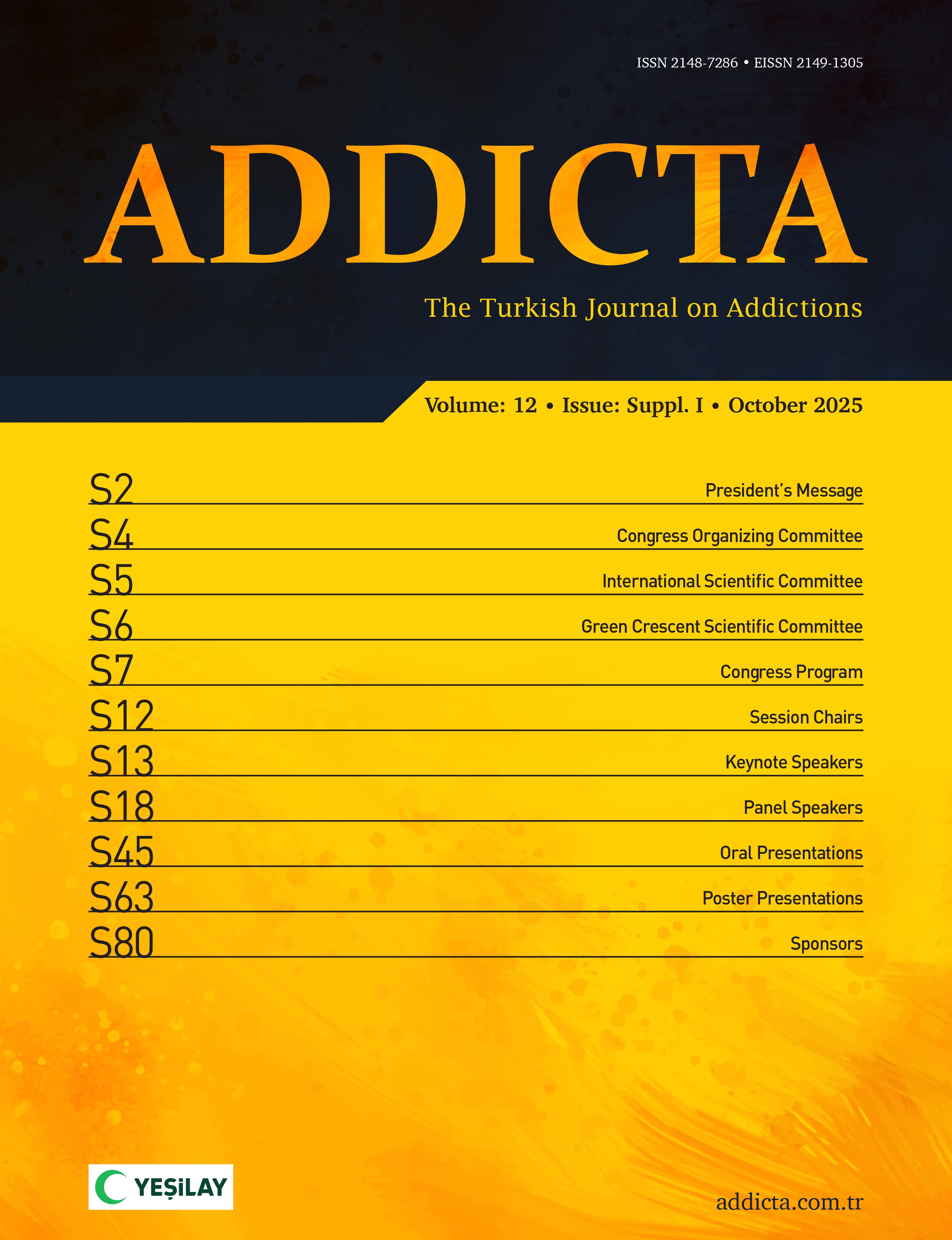This prospective study aimed to establish a cut-off score associated with a prediction of treatment success based on the smoking cessation success prediction scale (SCSPS) in daily smokers who were admitted to family medicine clinics of a tertiary hospital between August and November 2019. In this study, 48% of the 319 smokers who completed a 3-month control after smoking cessation treatment revealed the quit success. The Cronbach alpha coefficient of the scale was found at 0.723. Current smokers who received an SCSPS score of 45 and above (area under the curve (AUC)=0.768; p<0.001, sensitivity=74%; specificity=66%) in their first admission were successful in the assessment of the first 3-month follow-up. Quitting success of the varenicline users was
higher than those who used nicotine replacement therapy (NRT). The SCSPS score average was higher in the varenicline user group compared with NRT, and accordingly the rate of treatment success would increase as the scale score increased; the varenicline seemed to be preferable in smokers with a low SCSPS score. This is a short-term preliminary study on the early prediction of smoking cessation treatment success and the decision on the treatment types, suggesting that longer-term and multicenter studies about SCSPS may be beneficial.
Cite this article as: Tanımlı, E., Başbınar, M.M., & Basat, O. (2020). A cut-off level to predict quit smoking based on smoking cessation success prediction scale (SCSPS): A preliminary study. Addicta: The Turkish Journal on Addictions, 7(4), 248-252.

.png)

.png)
.png)
